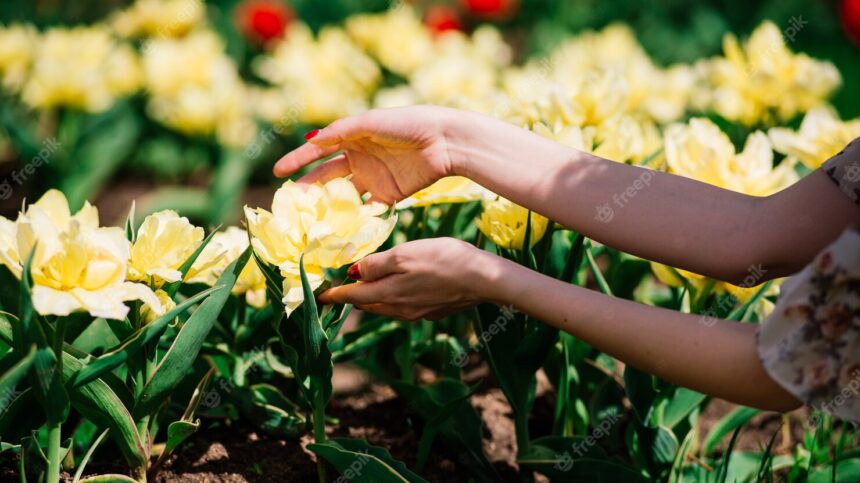Nurturing cut flowers can indeed be a lucrative venture in South African agriculture. The country’s climate and diverse flora make it suitable for cultivating a wide variety of flowers that are in high demand both domestically and internationally. Here are some key points to consider:
- Favorable Climate: South Africa benefits from a diverse climate, ranging from Mediterranean to subtropical, providing ideal conditions for growing a wide range of flowers. Different regions offer different advantages, allowing for year-round production of various cut flowers.
- Global Demand: The global cut flower industry is thriving, with a significant demand for fresh flowers in both local and international markets. South African flower producers have the opportunity to tap into this market and export their products to countries all over the world.
- Export Opportunities: South Africa has established itself as a major exporter of cut flowers. With its strategic location and favorable trade agreements, such as the African Growth and Opportunity Act (AGOA), South African flower producers enjoy preferential access to international markets, particularly in Europe.
- Flower Varieties: South Africa boasts a rich diversity of indigenous and exotic flower species. Popular cut flowers include roses, proteas, lilies, orchids, gerberas, and anthuriums. These flowers are sought after for their vibrant colors, unique shapes, and long vase lives.
- High-Quality Production: South African flower growers are known for their commitment to quality and adherence to international standards. This reputation gives them a competitive edge in the global market, allowing them to command higher prices for their products.
- Local Market: The domestic market for cut flowers in South Africa is also significant. The demand for flowers is driven by various factors, including weddings, events, and the gifting culture. Establishing a strong presence in the local market can provide a stable income stream for flower producers.
- Value-Added Products: Beyond cut flowers, there are opportunities to create value-added products such as dried flowers, essential oils, floral arrangements, and floral decor. These products can cater to niche markets and offer additional revenue streams.
- Technological Advancements: Advancements in agricultural technology, such as greenhouse cultivation, hydroponics, and precision farming techniques, have made flower production more efficient and cost-effective. Adopting these technologies can enhance productivity and ensure a consistent supply of high-quality flowers.
- Skills and Knowledge: Successful flower production requires expertise in areas such as cultivation techniques, post-harvest management, pest and disease control, and marketing. Acquiring the necessary skills and knowledge through training programs or partnerships can greatly contribute to the success of a cut-flower venture.
- Sustainability and Environmental Considerations: Consumers are increasingly conscious of sustainability and eco-friendly practices. Adopting sustainable farming methods, such as water conservation, integrated pest management, and responsible waste management, can enhance the reputation of flower producers and attract environmentally conscious buyers.
While nurturing cut flowers can be a lucrative venture, it is essential to conduct thorough market research, develop a sound business plan, and ensure access to reliable distribution channels. Additionally, staying updated on market trends, consumer preferences, and emerging flower varieties will be crucial for long-term success in the cut-flower industry in South Africa.
Join 'Farmers Mag' WhatsApp Channel
Get the latest Farming news and tips delivered straight to your WhatsApp
CLICK HERE TO JOIN






